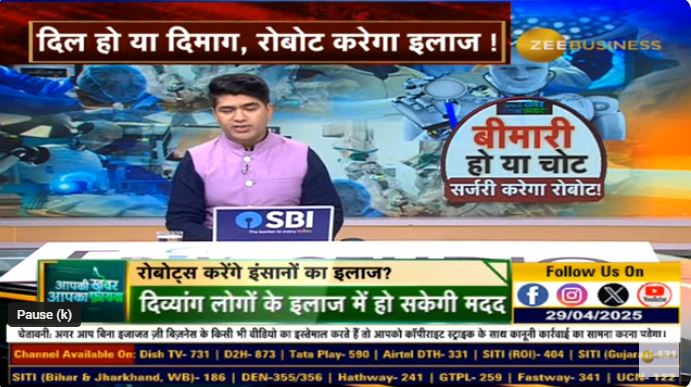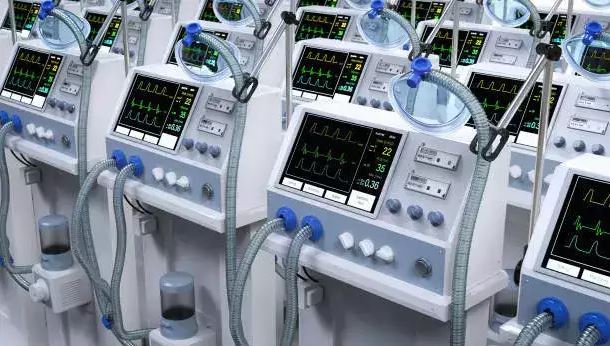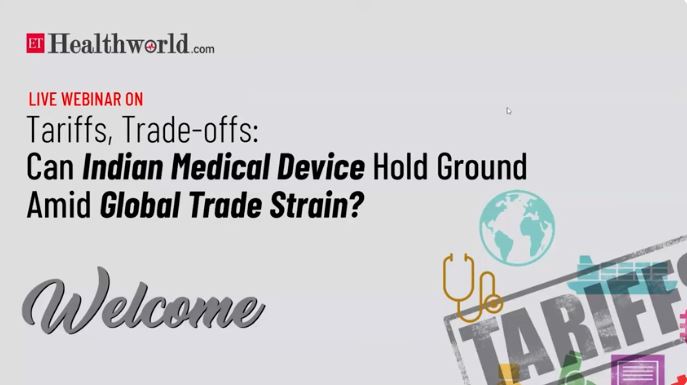GUEST POST WRITTEN BY
Sanjay Bhutani
Mr. Bhutani is the India head for Bausch & Lomb and founding member of the Medical Technology Association of India.
GST, the biggest tax reform in independent India, is on course to implementation and is set to change the way we do business. The governments in various economies use taxes as a tool to maneuver investments and growth between various sectors, within their overall economic developmental objectives. That said, the purported move to GST in India is meant to mostly reform the current indirect tax structure and is neither a route to realign sectoral balance within the economy, nor to derail the government’s agenda on the growing-in-priority sectors of health and education, in which providing affordable availability of quality healthcare to the common man is prime.
India still spends only around 4.2% of its national GDP on healthcare goods and services (compared to 18% by the U.S.). The medical device sector is smallest overall within India’s healthcare industry. Globally medical devices draw in about $400 billion, accounting for about 36% of the $1.3 trillion global pharma industry. On the contrary, if one looks at the India numbers, the Indian pharma industry is about $35 billion; whereas, medical devices are only $7 billion, which accounts for just 20%. India accounts for only 1.8% of the medical device industries worldwide, and it is at a nascent stage. This is a reflection of the wide gap that needs to be covered before India can join the league of developed nations that facilitate quality healthcare to their citizens. This is coupled with low insurance penetration, with just about 17% of the total population covered (as per IRDA estimates). As a corollary, therefore, India’s out-of-pocket spend (private spend) on healthcare is one of the highest in the world (greater than 65%). The policymakers must take into account the existing state of affairs on healthcare delivery when implementing a law with as far-reaching an impact as GST.
Earlier this year the government significantly increased import duties on medical devices to support the “make in India” drive. With more than 70% of demand for medical devices supported by imports, this move will only hike the healthcare cost in India. Therefore, in the larger interest of healthcare service users, the government should keenly interact with all players (hospitals, pharmaceutical medical device manufactures and importers, etc.) in this sector and understand their views on GST, so as not to lose sight of its mission of growing the depth, breadth and size of healthcare that will make this available to all at an affordable cost.
From the deliberations of the model GST law, I would proffer the following suggestions on the important areas of GST that need priority resolution—and in a timely manner.
1. Healthcare services: Currently, healthcare services are exempt from service tax. In its objective to encourage coverage of medical services, these could be exempt from GST as well. However, it is recommended that these services are zero-rated, i.e., the healthcare operators should be allowed to take credit for the GST paid on inputs and claim refunds for the same, just like exporters. Otherwise, while the service is not taxed, the input cost for service providers is already high, which would eventually result in increased prices. This change therefore will address any inflationary effect of GST on this priority sector.
2. Medical device providers: Medical devices, similarly, should have a cost-neutral effect post-GST rollout (as noted before, the costs have already gone up for imports). Presently, there is a favorable low-VAT regime of 5%. Considering that it is a preferred sector for government, where they are keen to invite private investment to help bridge the gulf between demand and supply, we thus create a world-class medical infrastructure that delivers at competitive cost. This would promote medical tourism and help bring in precious foreign exchange. There is lot of ground to cover, and the industry is at a nascent stage compared to the goalpost it purports to reach. It is therefore most important that, during implementation of GST, interests of this sector are duly protected. The government, while fixing GST rates, should ensure lower rates for medical devices, as this would help to keep overall healthcare costs low. As per economic analysis, there is significant private spending on healthcare (more than 80%), and any increase in a cascading effect of high GST would result in making this dearer to the masses.
It is recommended that this sector should be accorded the status of essential goods and taxed—if not “0%,” then a maximum of 5%.
3. Transactional and transitory provisions: Last but not the least, the government should ensure a seamless transition to the new regime. While some of the issues have been addressed in the recently notified model law, there are various clauses that are still detrimental to healthcare and the medical device industry, a few highlighted below:
i. Products in healthcare have shelf life, and expired products are returned to the manufacturer. Further, the manufacturer issues sample products for trial use by doctors in the best interest of their patients. As per GST law proposed, in the case of obsolescence or destruction of products (expired products, defects, recalled products, etc.) and any free-of-cost (FOC) supplies, the input credit will have to be reversed. This would only lead to increased costs and high rates, which would have a significant financial burden on the industry. There should be no GST on any free-of-cost issues, to avoid the cascading effect and resultant high cost of operations.
ii. Sales return and exchanges. GST credit would be available to sellers against sales returns; however, the twin condition remains of providing exact details of the original invoice against which the product was sold earlier to fix the rate chargeable on return and reversal of credit by the customer. These are onerous requirements for the seller and could lead to GST discredit to companies with multiple channel players in their route to market.
iii. Discounts. Any claims allowed in the trade, other than those offered on invoices, would need exact original invoice details to claim the GST benefit. This needs to be simplified, as it is very difficult to manage for taxpayers.
iv. Anti-profiteering measure. The model GST law has introduced an anti-profiteering provision, where a specifically constituted authority would examine cases as to whether a reduction in the tax rate or benefit from input tax credit has been passed commensurately to the prices. This may have wide implications and seems like a quasi-price control mechanism that may lead to unforeseen litigation, cost audits and disputes.
The private healthcare industry is growing at a robust pace (CAGR of 16.5% up to 2020, as per estimates of Frost and Sullivan, Deloitte and TechSci research) with investments by private, as well as public, players. The government therefore should not do anything that would have the effect of retarding this growth over the long term until the state of India’s healthcare infrastructure is comparable to the best in the world. GST is a welcome move that would catapult India to high-ranking economies of the world and also boost growth and investment. The government should consider industry suggestions while prescribing GST rates and take cautious and gradual moves that would maximize its objectives in the healthcare space to keep the overall patient cost low.




